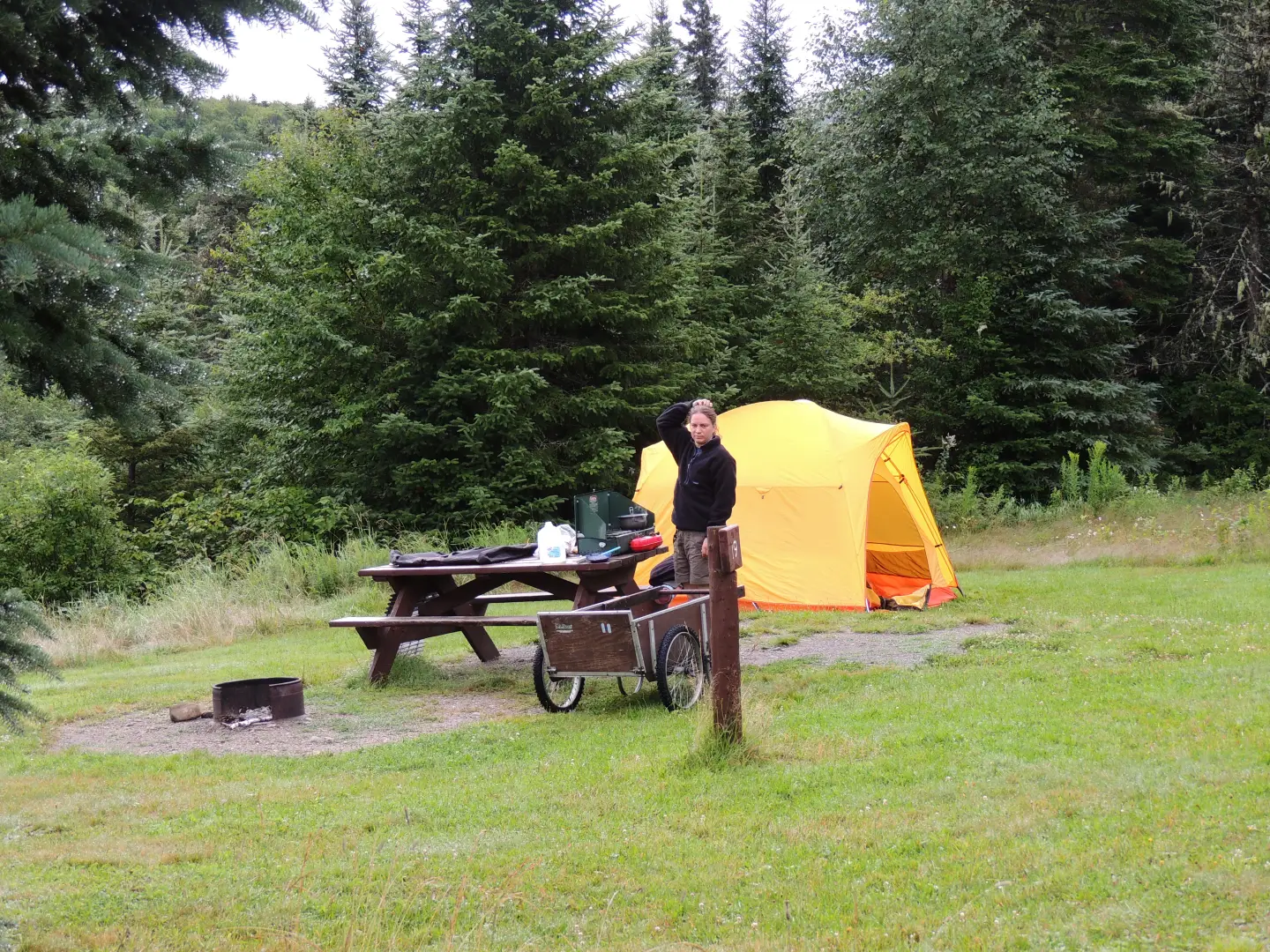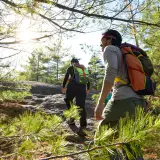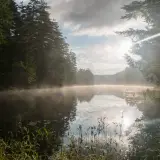Where do I start?
There are hundreds of companies out there in the outdoor retail industry, and just about every one of them has come up with a tent design that looks cool, unique, and even has a planned use, but which one is right for you? Surfing the net for a tent is tough, and a Google search will give you a headache with its hundreds of options. However, the web is a great place to check stats, feedback, and ratings on many of the tents you are checking out. Customer feedback is the best avenue for an accurate description of the tent's qualities and uses. Many who leave feedback are very honest, but you also need to be able to read between the lines and know that not everything is honest - it could be someone just going on a rant.
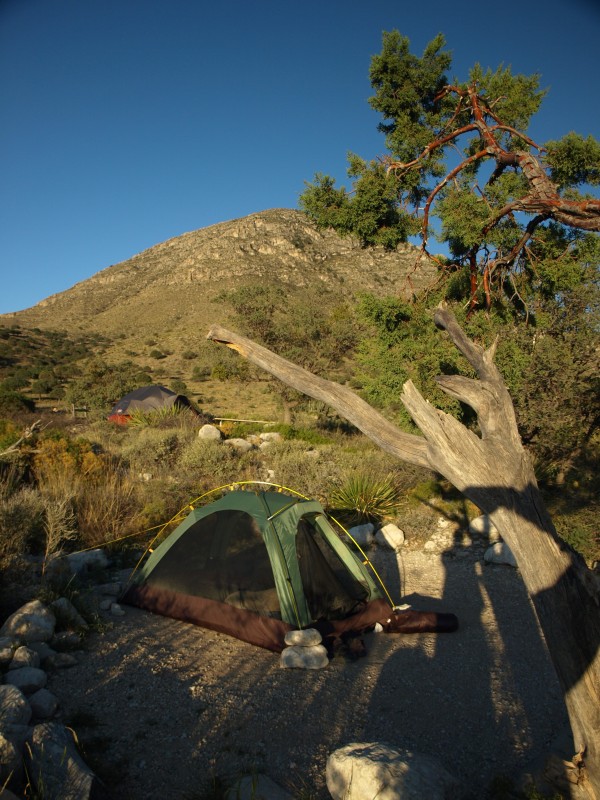
Variety and selection is what customers want, but how much is too much before it becomes overwhelming? You can go to a variety superstore and buy a tent for $20, will that suffice? It might last for a weekend or maybe even a season if you take care of it but don’t expect the world from it. But in some cases it could be just what you are looking for - especially if camping is a once a year adventure. Should you order a $500 tent online, thinking it will get you an entire backpacking career? You could, but let me tell you, you don’t always get what you pay for. A tent's life is all in how you treat it, maintain it, store it and sometimes baby it. I have had tents from all over the price range and the ones someplace in the middle have been the best. What I want to do is give you a brief overview of what’s out there and what features to look for.
Tent size is very important
This might sound kind of like a no-brainer but correct sizing is very important for overall comfort and use. First off, a three-person tent is just that, for three people. In most cases there will be no extra room for gear or the family dog. If you need that extra room, think about a three-person tent for a two-person outing. That way you can have room to store your gear inside so it doesn’t get wet in case of a rain storm.
If you are a tall individual you might have to shop around a bit for a longer tent with added leg room. The footprint dimensions are what you'll want to explore.
In the winter a two-person tent should be for two people, 3-for-3, 4 for 4, etc... Do not worry about your gear in winter, unless it has to stay warm (camera, GPS, medicines) leave it outside. The less dead space inside the tent the better; dead, unused space is hard to heat.
Remember too, you will have to carry this tent, don’t get anything bigger and heavier than you are willing to lug along.
Tents for all seasons
There truly are tents that are better for one season than another. This is less important during the warmer months, but during colder times of year you need to think about this a bit more. Warm season tents tend to have much more mesh on the walls and better ventilation and are much lighter weight. This might be great on calm 60-degree muggy nights, but not on a night that it drops to 10 degrees.
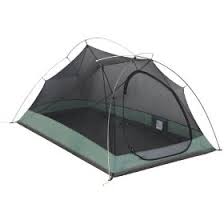
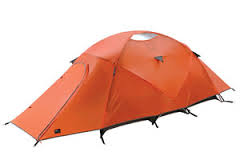
Winter tents have little to no mesh and much thicker walls, sure this makes them heavier, but it also protects you from the elements. There are many other smaller features to a winter tent, but to keep it simple – if you are camping in winter, get a winter tent. Camping in summer, get a three-season tent. In spring or fall, get a three-season tent with less mesh windows, or windows that zip closed.
Family tents
These massive shelters are built for car camping and not so much designed to be carried long distances. They can have several smaller rooms for added privacy and canopies built onto them for rain and sun protection.
Bivy Tents/Sacks
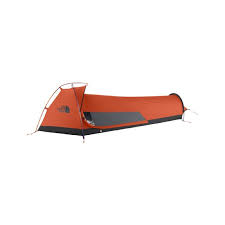
These tiny structures are for solo camping or emergency shelters. They are typically built for one person but two-person ones can be found as well. The designs on these are close to a glorified sheet that goes around you and may have one to two short poles for a small dome over your head. These are very light weight and considered a minimalist approach to backpacking. As I mentioned, many day hikers will carry a bivy, especially in winter, as an emergency shelter for an unplanned night in the woods.
Cost of a tent
The cost of a tent is based on its different features, as well as the brand name - even if the materials are no different. The quality of the material, craftsmanship, type of material and size of the tent all play a part in the cost. Supply and demand also plays a roll, and if a tent is new to the market and getting amazing reviews, you will pay a bit more. Of course, as mentioned, don’t forget the name; a manufacturer's name holds a ton of weight when it comes to price variances.
Shopping around
There is not a huge turn over in the tent market. Outfitters don’t sell a ton of tents, mainly because a tent is not a disposable piece of gear, it’s an investment. Watch for discounted items, discontinued items, holiday or weekly sales, and overstock blowouts. These will get you a better tent at similar prices.
Tent rentals
Rent a tent before you buy. Many outfitters have current or like tent models for you to use, and some retailers will allow you to use the cost of the rental toward the purchase of a new tent at their shop.
After you buy your tent
After you have made the leap into buying a new tent, you need to do a couple things before you head out. First off, set it up and make sure all the parts are in the package. Manufacturers make mistakes too, and you want to make sure they didn't forget a vital piece, like a pole, I have seen it happen. Pieces can also get lost at the outfitters when being set up for a display or to show an interested customer. Once up, make sure there are no factory defects, rips, stains, etc... Damage during shipping can also happen whether shipped from a warehouse to a store or directly to you by a carrier. There’s not much worse than getting out camping and finding you can’t use the tent due to some unforeseen circumstance.
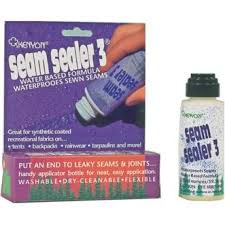
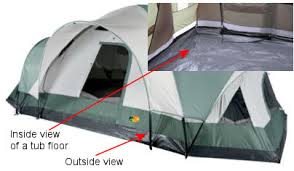
Once the tent is up, seal all the seams. Buy seam sealer right at the outfitters, the easiest to apply has a sponge applicator. There is a seam along the top of the tub of the tent and some that might run up the side and around the windows, hit all of these. The tent also comes with a rain fly that goes over the body of the tent, seal that along the seams as well.
Putting up the tent a few times before you get in the field is also a great idea. This gets you practice and makes you more efficient. You want to be efficient especially if you are trying to put it up in ill weather conditions.
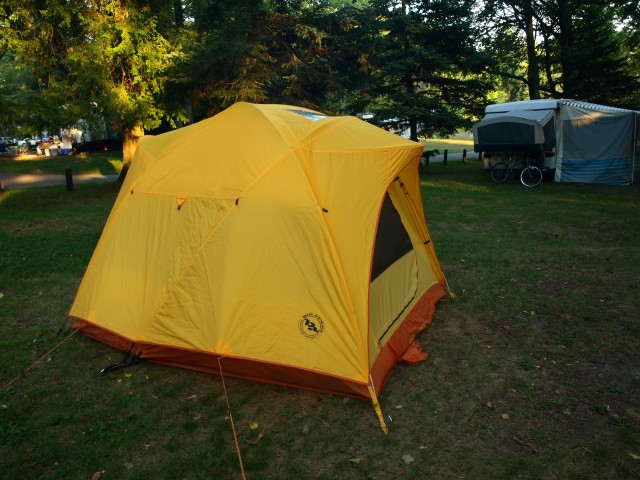
Tent protection and upkeep are two completely different balls of wax. Check back soon for more details on camping gear care and storage.
Need more information on tents, stop into a local gear shop for details and ask for a trained, knowledgeable representative. Looking for the perfect place to try out your new gear, the Schroon Lake Region has plenty of opportunities for you.
